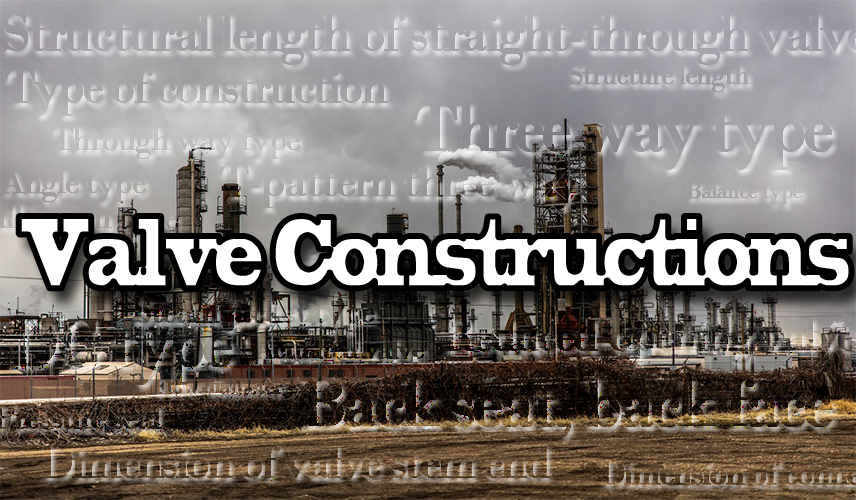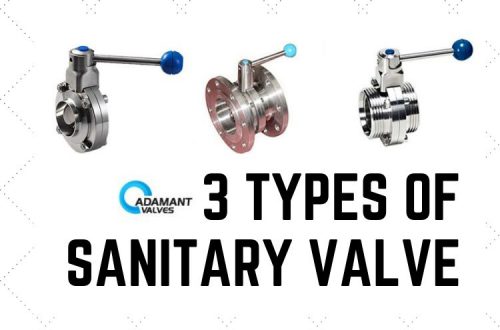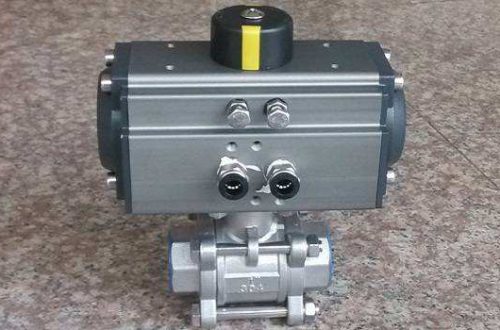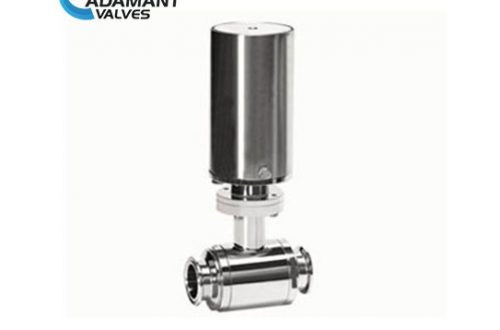Structure length
The distance between the inlet and outlet end faces of the valve; or the distance from the inlet end face to the outlet axis.
Structural length of straight-through valve
The distance between two planes perpendicular to the valve axis at the ends of the valve body passage.
Structural length of angle valve
The distance between the plane perpendicular to the axis at one end of the valve body passage and the axis of the other end of the valve body.
Type of construction
The main features of various types of valves in terms of structure and geometry.
Through way type
The inlet and outlet axes are coincident or parallel to each other in the form of valve bodies.
Angle type
The valve body form with the axes of inlet and outlet perpendicular to each other.
DC type (y-globe type, y-type,diaphragm type)
The passage is in a straight line, and the position of the valve stem is in the form of an acute angle with the axis of the passage of the valve body.
Three way type
Three way valve type is the valve body version with three passage directions.
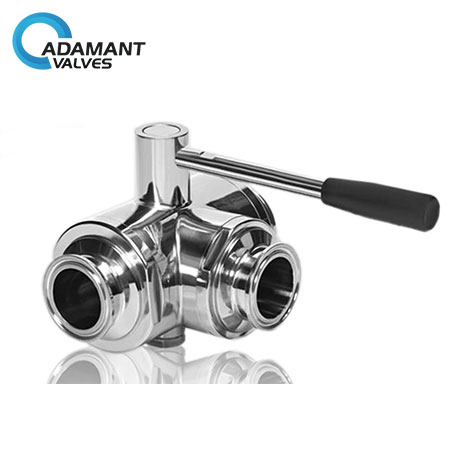
T-pattern three way
The passage of the plug (or sphere) is a “T” tee.
L-pattern three way
The passage of the plug (or sphere) is in the form of an “L” tee.
Balance type
A structure in which the axial force on the valve stem is balanced by the medium pressure.
Lever type
The structure of lever-driven opening and closing parts is adopted.
Normally open type
When there is no external force, the opening and closing parts are automatically in the open position.
Normally closed type
When there is no external force, the opening and closing parts are automatically in the closed position.
Steam jacket type
Various valves with steam heating jacket construction.
Bellows seal type
Various valves with bellows construction.
Full-opening valve
The inner diameter of the flow passage in all parts of the valve is the same as the inner diameter of the nominal pipe.
Reduced-opening valve
A valve with a reduced diameter of the flow passage hole in the valve.
Reduced-bore valve
The diameter of the flow passage hole in the valve is reduced, and the flow passage opening of the valve closing part is a non-circular valve.
Un-directional valve
Valves designed to seal in only one medium flow direction.
Bi-directional valve
Valves designed to seal in both media flow directions.
Twin-seat valve, one seat bi-directional
The valve has two sealing seats, and each valve seat can seal the valve in both medium flow directions.
Twin-seat valve, one seat un-directional and one seatsbi-directional
For a valve with two sealing pairs, in the closed position, the two sealing pairs can keep the sealing state at the same time, and the valve body in the middle cavity (between the two sealing pairs) has an interface for releasing the pressure of the medium. Represents the symbol DBB.
Back seat, back face
When the valve is fully opened, it is a sealing structure that prevents the leakage of the medium from the stuffing box.
Pressure seal
The pressure of the medium makes the connection between the valve body and the valve cover realize the structure of automatic sealing.
Dimension of valve stem head
Structural dimensions of the connection between the valve stem and the handwheel, handle or other mechanical assembly.
Dimension of valve stem end
The structural size of the connection part between the valve stem and the opening and closing parts.
Dimension of connecting channel
Structural dimensions of the assembly connection between the opening and closing parts and the valve stem.
Type of connection
Various ways of connecting the valve to the pipeline or machine equipment (such as flange connection, threaded connection, welding connection, etc.)
For more information about sanitary valve, please visit https://www.adamantvalves.com/.
